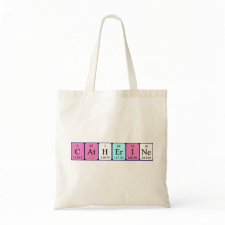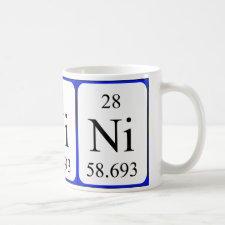
Authors: Lenoble V, Meouche W, Laatikainen K, Garnier C, Brisset H, Margaillan A, Branger C
Article Title: Assessment and modelling of Ni(II) retention by an ion-imprinted polymer: Application in natural samples.
Publication date: 2015
Journal: Journal of Colloid and Interface Science
Volume: 448
Page numbers: 473-481.
DOI: 10.1016/j.jcis.2015.02.055
Alternative URL: http://www.sciencedirect.com/science/article/pii/S0021979715002313
Abstract: Three novel Ni(II)-Ion-Imprinted Polymer (IIP) were synthesized by precipitation polymerization of ethylene glycol dimethacrylate (crosslinker) with a complex of nickel(II) and vinylbenzyl iminodiacetic acid (VbIDA). The three IIPs were prepared with various mixtures of porogen solvents: methanol, methanol/2-methoxyethanol and methanol/acetonitrile (IIP1, IIP2 and IIP3, respectively). Non-Imprinted Polymers (NIP1, NIP2 and NIP3) were prepared as control polymers in similar conditions but with pure VbIDA instead of VbIDA-Ni. These polymers were characterized by FTIR, BET, SEM and tested for their efficiency and selectivity in Ni(II) retention. The most efficient (IIP1, around 12 mg g-1 of nickel) was then positively checked for Ni(II) retention in presence of some competing species over a wide range of concentration. Finally Ni(II) retention by IIP1 was successfully demonstrated in natural samples. The modelling of the different experiments (Langmuir, Freundlich but also PROSECE and WHAM VII, frequently used in environmental studies) allowed demonstrating the presence of completely different binding sites when considering the ion-imprinted polymer and the non-imprinted one, and therefore led to a better understanding of what the imprinting effect is
Template and target information: nickel ion, Ni(II)
Author keywords: Ion-imprinted polymer, nickel, Modelling, natural waters, precipitation polymerization



Join the Society for Molecular Imprinting

New items RSS feed
Sign-up for e-mail updates:
Choose between receiving an occasional newsletter or more frequent e-mail alerts.
Click here to go to the sign-up page.
Is your name elemental or peptidic? Enter your name and find out by clicking either of the buttons below!
Other products you may like:
 MIPdatabase
MIPdatabase









